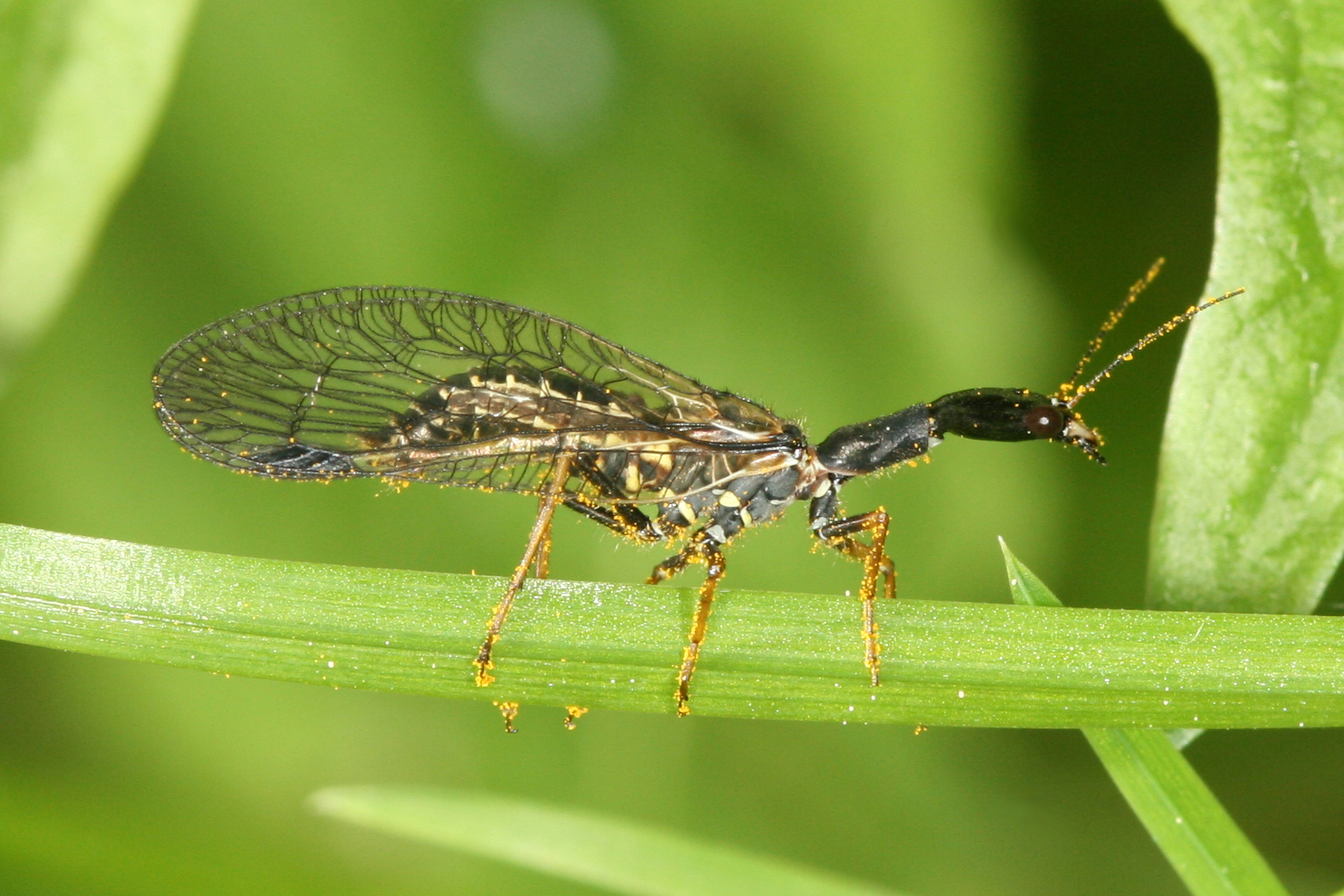m (W126jep moved page Adventist Youth Honors Answer Book/Insect/Raphidioptera to AY Honors/Insect/Raphidioptera without leaving a redirect: Part of translatable page "Adventist Youth Honors Answer Book/Insect/Raphidioptera") |
m (- Category of AYHAB) |
||
| Line 11: | Line 11: | ||
Raphidioptera are characterized by having an elongate prothorax but no modification of the forelegs (as in Mantispidae). Females typically have a long ovipositor. The two extant families of snakeflies are the Raphidiidae and Inocelliidae. They are all predatory, both as adults and larvae, and in North America occur exclusively in the Western United States, but also occur throughout temperate Europe and Asia. They can be quite common. | Raphidioptera are characterized by having an elongate prothorax but no modification of the forelegs (as in Mantispidae). Females typically have a long ovipositor. The two extant families of snakeflies are the Raphidiidae and Inocelliidae. They are all predatory, both as adults and larvae, and in North America occur exclusively in the Western United States, but also occur throughout temperate Europe and Asia. They can be quite common. | ||
}} | }} | ||
| − | |||
| − | |||
| − | |||
<noinclude></translate></noinclude> | <noinclude></translate></noinclude> | ||
Revision as of 23:44, 14 July 2022
Snakefly (Raphidioptera)
Order: Raphidioptera
Description: Raphidioptera are characterized by having an elongate prothorax but no modification of the forelegs (as in Mantispidae). Females typically have a long ovipositor. The two extant families of snakeflies are the Raphidiidae and Inocelliidae. They are all predatory, both as adults and larvae, and in North America occur exclusively in the Western United States, but also occur throughout temperate Europe and Asia. They can be quite common.

